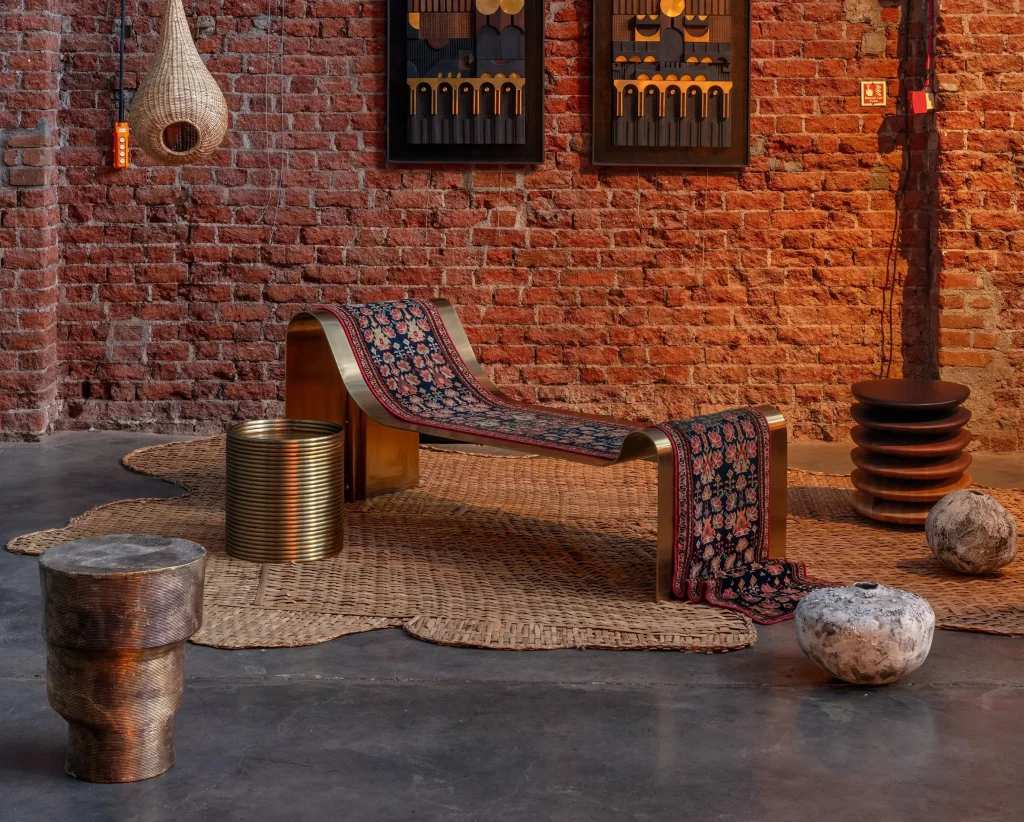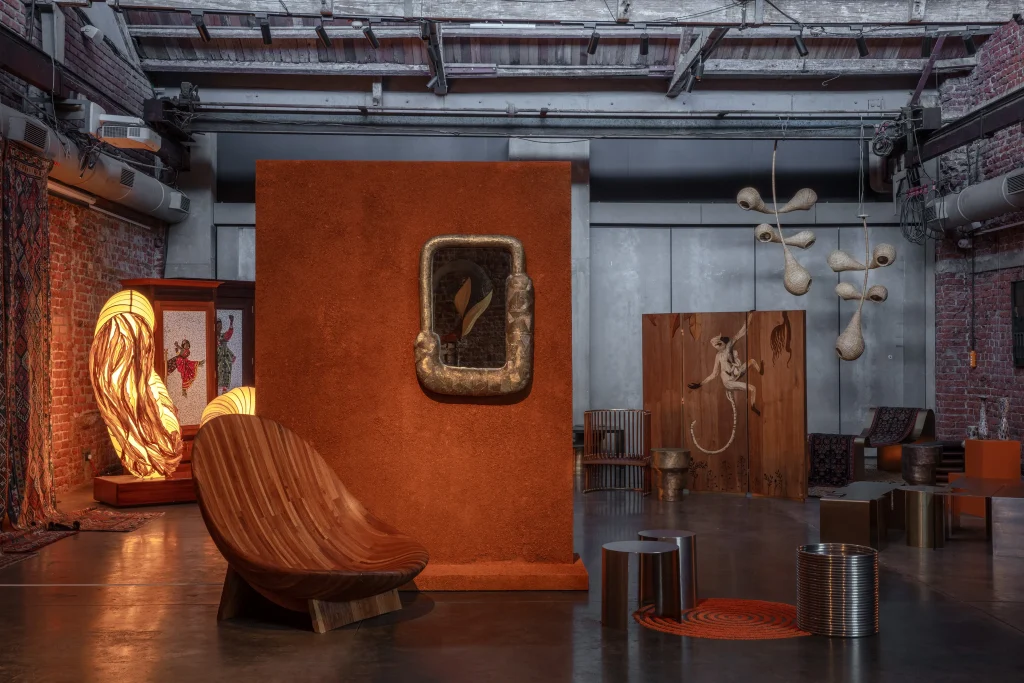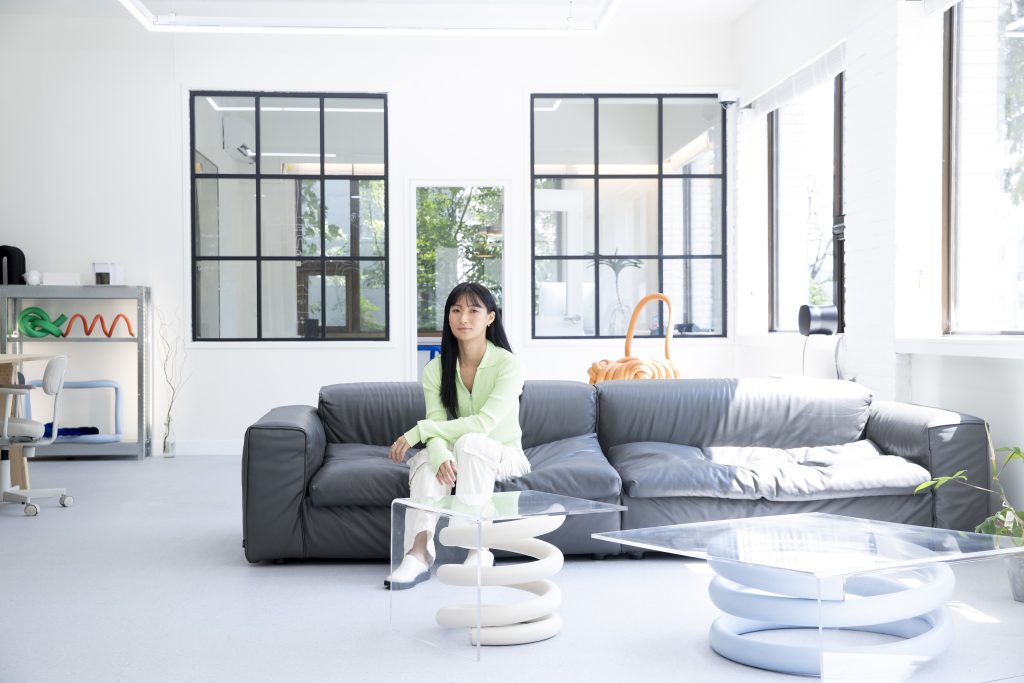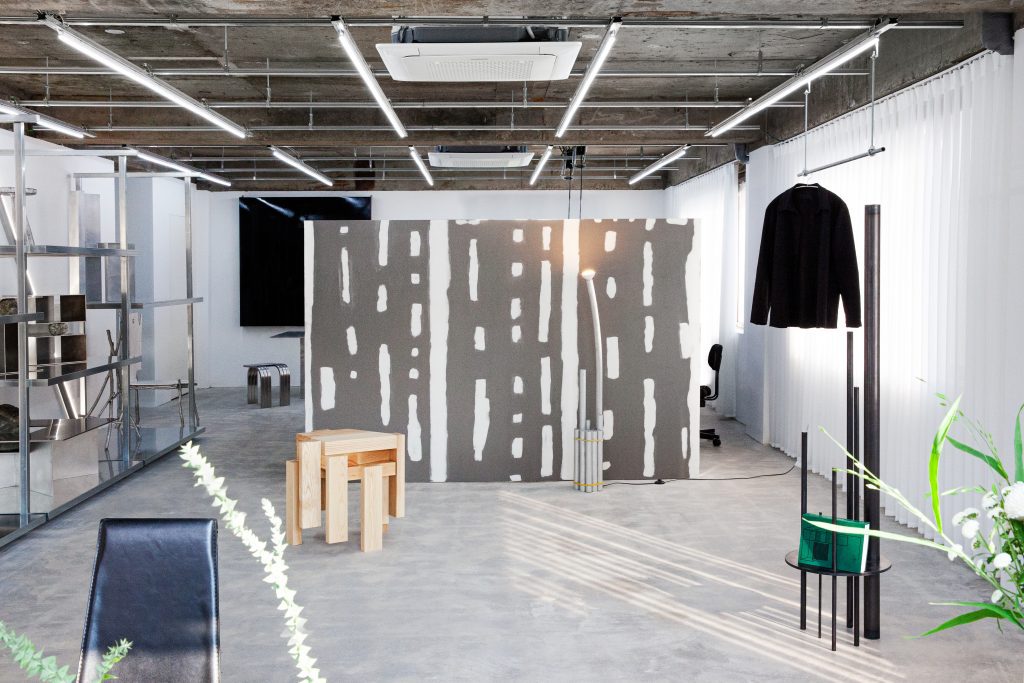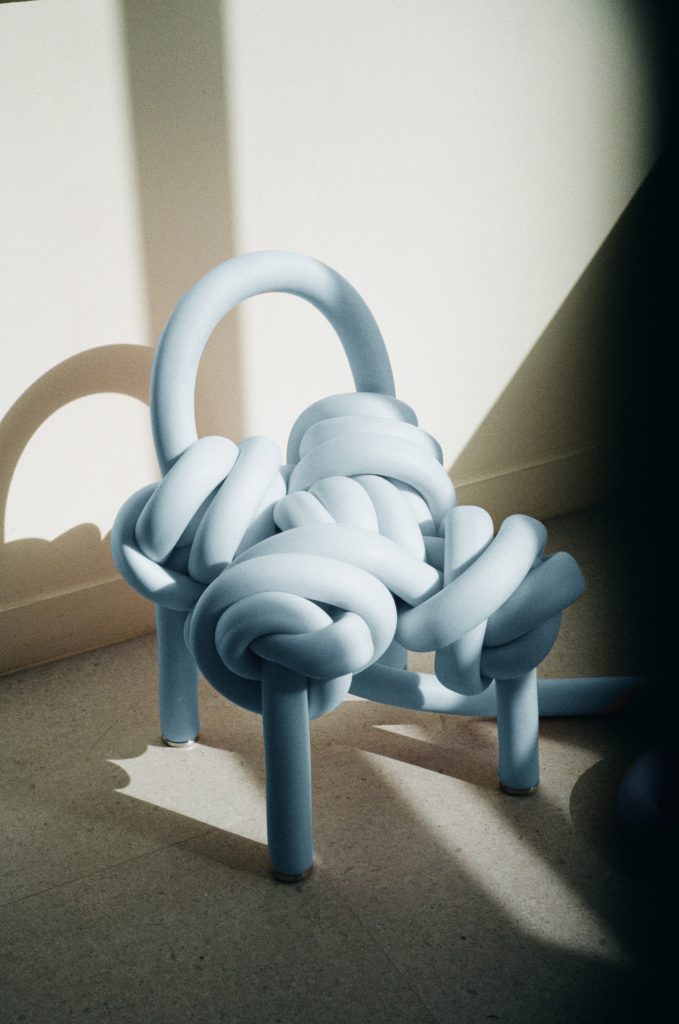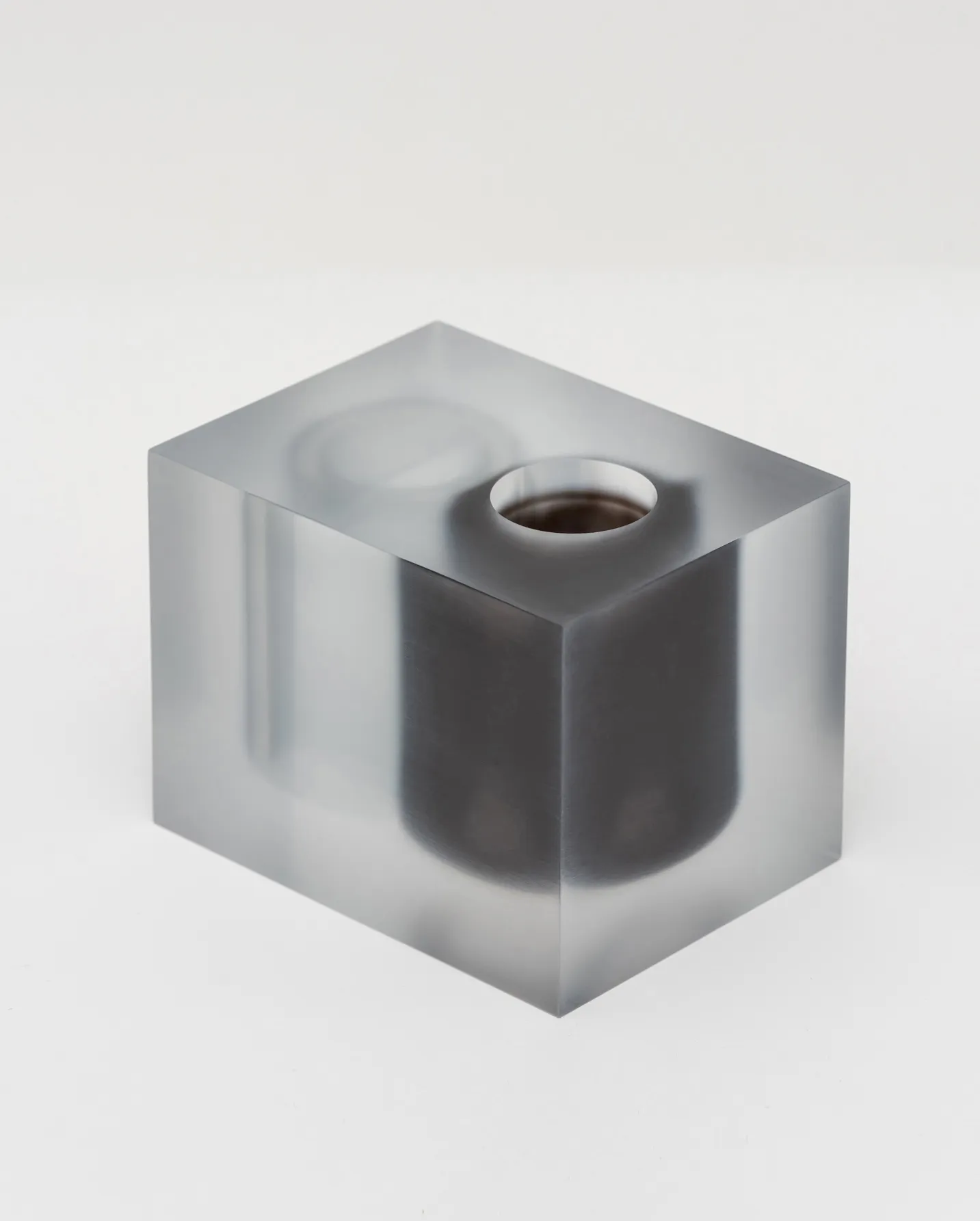
Industrial Alchemy with Rahee Yoon
In an interview with PALE BLUE magazine, Seoul-based artist and designer, Rahee Yoon shares that at times she feels “a sense of fullness while also feeling like I don’t exist.” This paradoxical reflection captures the essence of her decade-long dialogue with acrylic. In her hands, industrial materials undergo an alchemical transformation, dissolving the traditional dialectic between manufactured and organic forms.




Through her studio practice, Yoon challenges contemporary design’s preoccupation with digital perfection and predetermined outcomes. Her work exists in a liminal space where precision turns poetic, where sharp boundaries dissolve into internal landscapes of light and shadow. This sophisticated manipulation of materiality reflects broader shifts in Asian design philosophy, where Western dichotomies between craft and industry increasingly give way to more nuanced interpretations of form and function.


“Rather than distinguishing between genres,” Yoon explains, “my work naturally expanded from design into sculpture.” This fluid transition embodies what design theorist Jane Wilson has termed “post-industrial organicism” – a movement where creators reject rigid categorization in favor of more intuitive, materially-responsive approaches. Yoon’s practice exemplifies this evolution, treating acrylic not as an industrial product to be mastered, but as a collaborative medium capable of revealing its own inherent poetry.
In her groundbreaking Half series, inspired by Sharon Eyal’s contemporary dance performance SABBA, Yoon translates ephemeral movement into crystallized form. “The performance expresses itself through stories emerging from the dancers’ bodies and their movements,” she notes, drawing parallel threads between choreographed space and material manipulation. This interpretation of performance as material dialogue offers fresh insight into contemporary design’s capacity to capture temporal experience in static form.
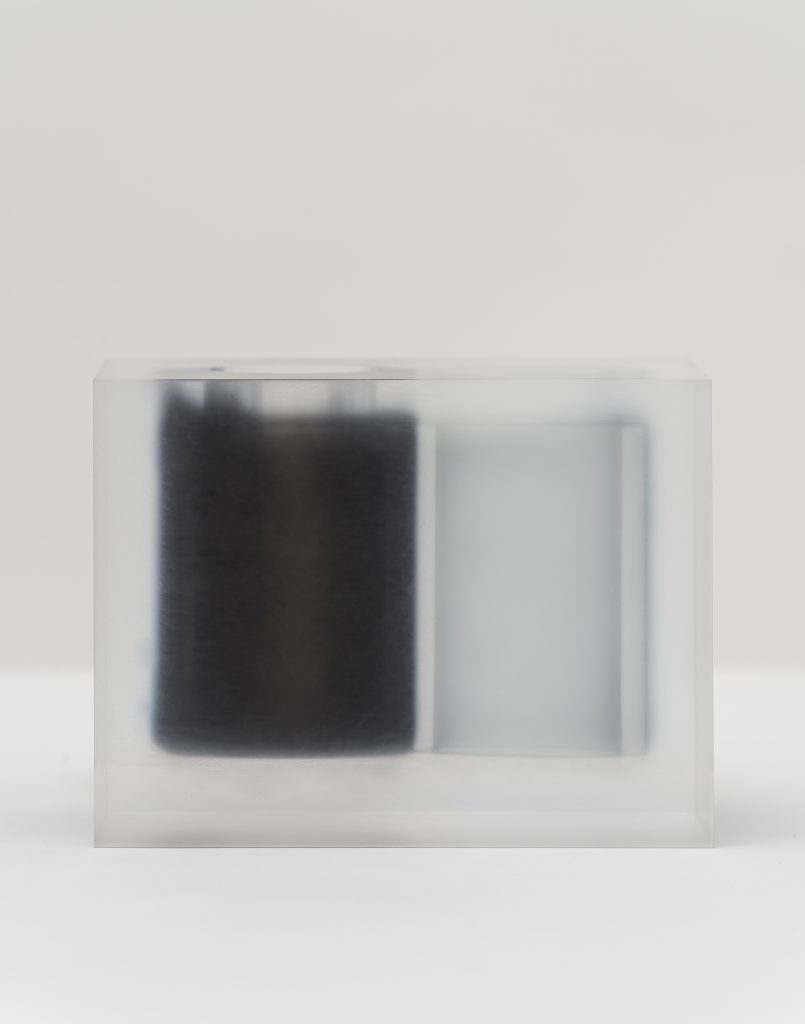

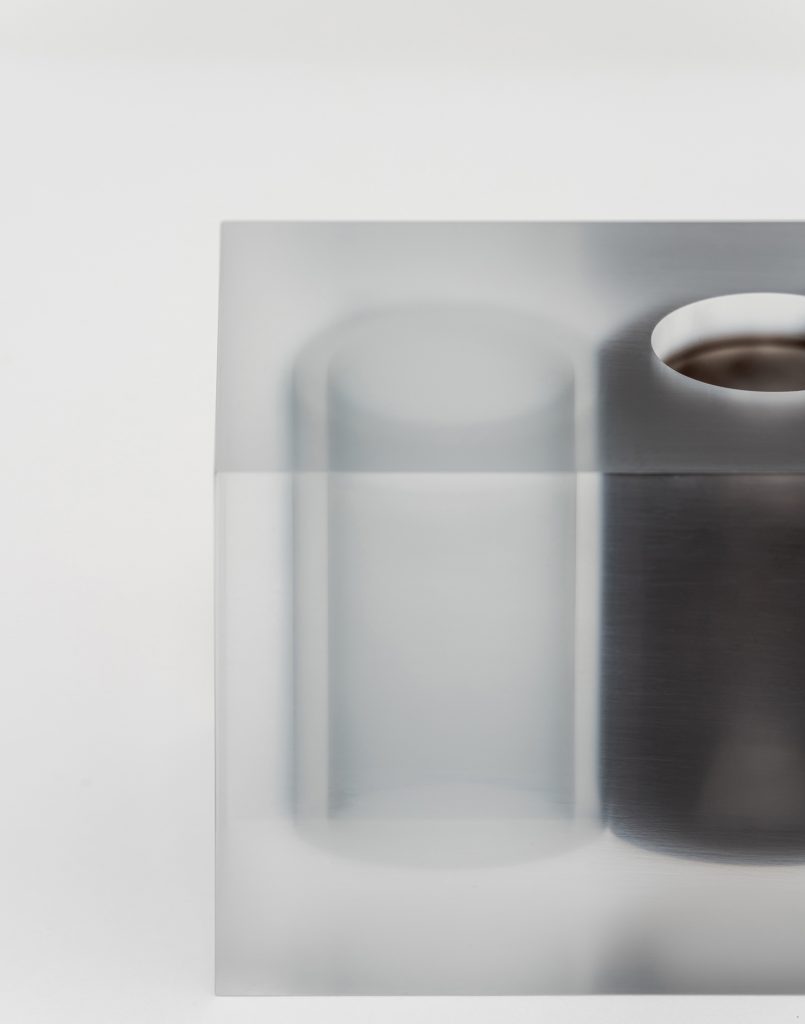

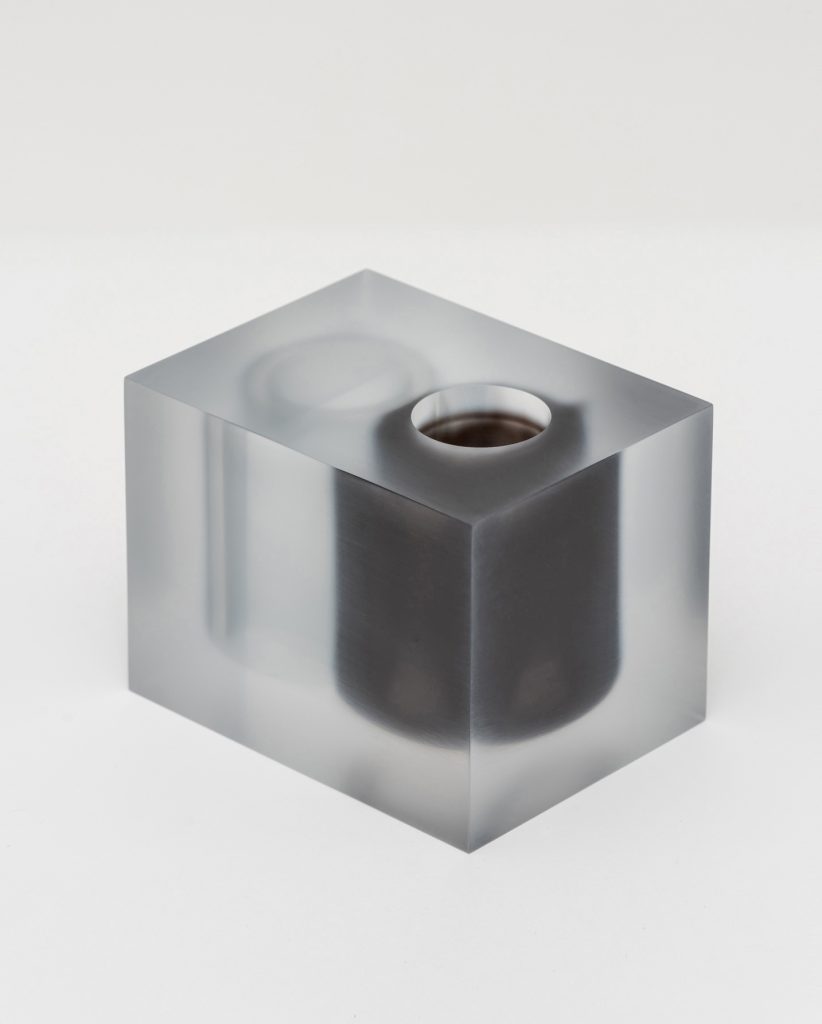

The technical sophistication of Yoon’s practice emerges through what she terms “pursuing delicateness that has no purpose” – a methodology that eschews traditional design’s emphasis on functional outcomes in favor of material exploration. Her approach to acrylic, developed over nearly a decade, demonstrates how industrial materials can transcend their utilitarian origins when approached with both technical rigor and intuitive sensitivity.
This duality manifests most prominently in her Block series, where precise external geometries contain internal landscapes of diffused light and shadow. “I never intended for the exterior and internal landscapes to have a visual contrast,” Yoon reveals, suggesting instead that these effects emerge from what she calls “persisting and taking action in the face of ambiguity.” This methodology aligns with contemporary Asian design philosophy’s emphasis on process over predetermined outcome, where material engagement leads to unexpected discoveries.
The cultural significance of Yoon’s work extends beyond aesthetic innovation to engage with broader questions about materiality in the digital age. Her practice suggests new possibilities for bridging the growing divide between handcraft and industrial production, offering what design critic Michael Chang describes as “a third path where technical precision and intuitive manipulation coexist in productive tension.”
Through her spatial projects, Yoon further explores this dialectic between visible and invisible elements, creating environments that challenge conventional understanding of space and form. “Dealing with not just objects but also the spaces that contain them is work that makes the invisible appear through the visible,” she explains, articulating a philosophy that resonates with traditional Eastern concepts of void and presence.
As contemporary design grapples with questions of sustainability, authenticity, and the role of human touch in an increasingly automated world, Yoon’s work offers valuable insights into how materials might be approached with greater sensitivity and depth. Her assertion that “clarity and afterimages work together” in meaningful work suggests a new framework for understanding design’s potential to engage with complexity without seeking to resolve it.
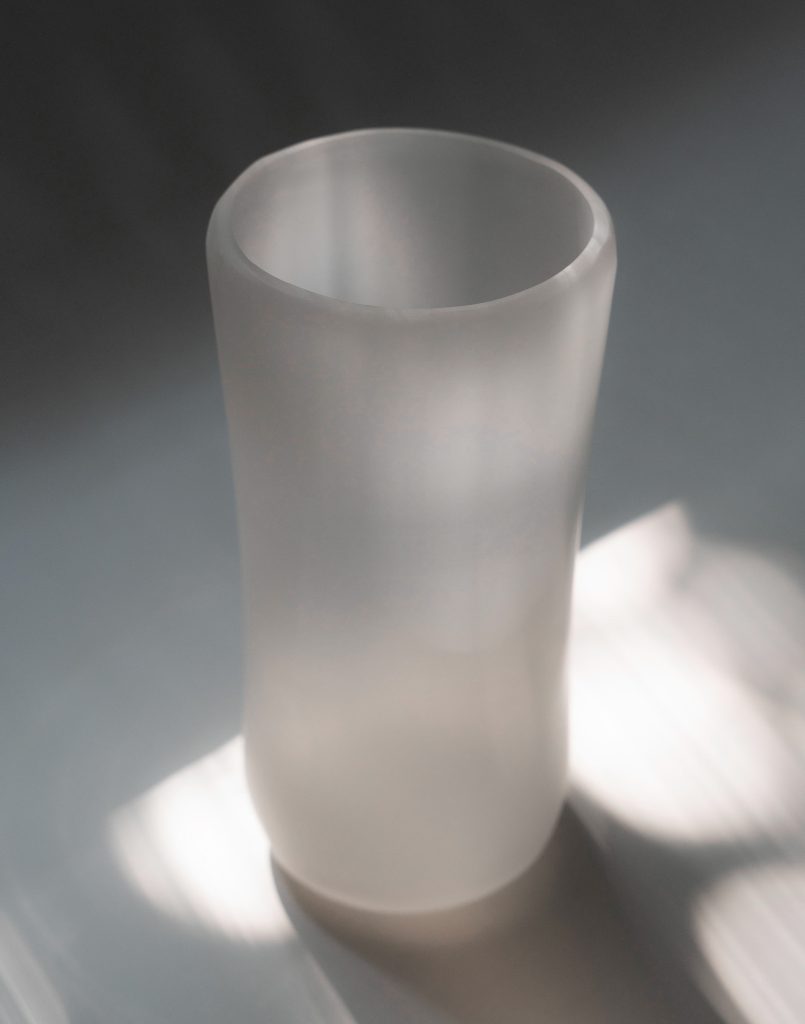

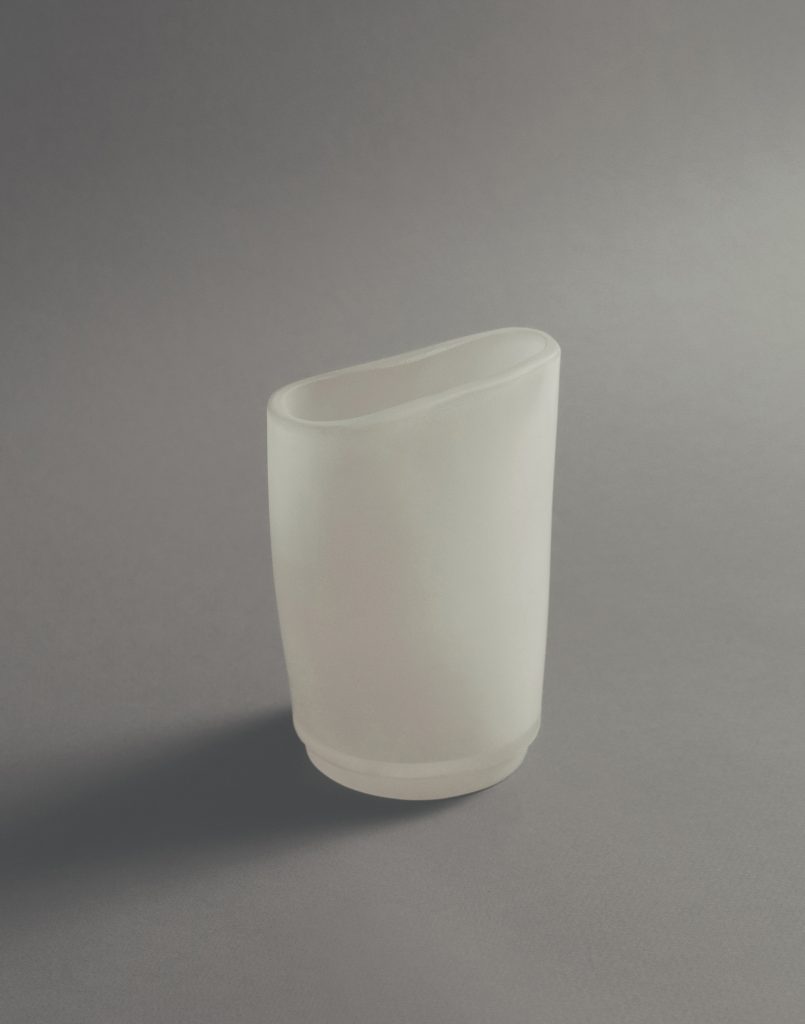

In this context, Yoon’s practice represents more than mere material innovation – it offers a compelling vision for design’s future, one where industrial materials become vehicles for exploring deeper questions about perception, presence, and the nature of creativity itself. Through her thoughtful manipulation of light and form, she demonstrates how contemporary design might retain its technical sophistication while reconnecting with more contemplative traditions of material engagement.
-

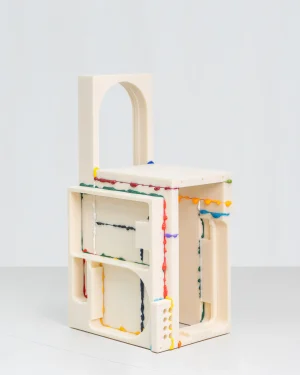 B. S. P Series “the Original”€7.750
B. S. P Series “the Original”€7.750 -

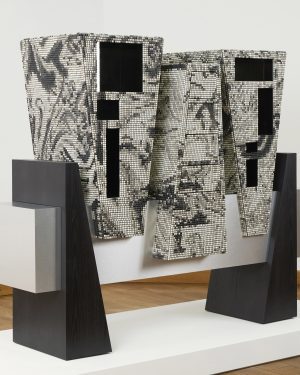 Ceramic Nacre – Mosaic Tile Drawers€0
Ceramic Nacre – Mosaic Tile Drawers€0 -

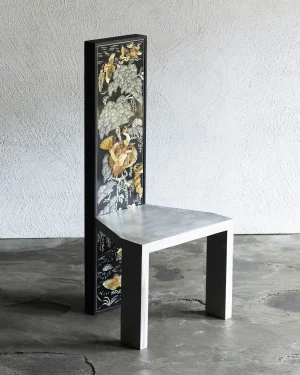 Narrative 001 – Stainless Steel / Wood Chair€10.000 incl. tax
Narrative 001 – Stainless Steel / Wood Chair€10.000 incl. tax -

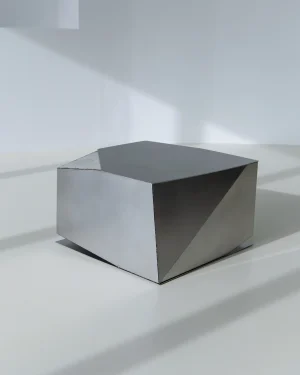 Objects Of Function No.2401 – Stainless Steel Coffee Table€3.188 incl. tax
Objects Of Function No.2401 – Stainless Steel Coffee Table€3.188 incl. tax -

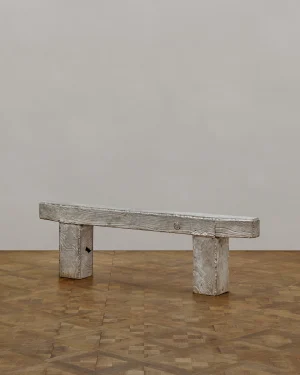 Aluminum Veneer Bench€4.750 incl. tax
Aluminum Veneer Bench€4.750 incl. tax -

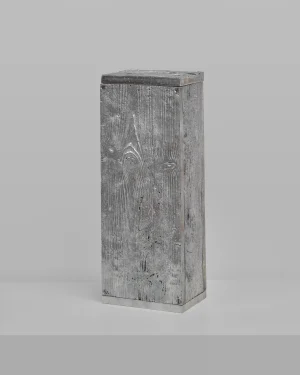 Aluminum Veneer Vase€675 incl. tax
Aluminum Veneer Vase€675 incl. tax -

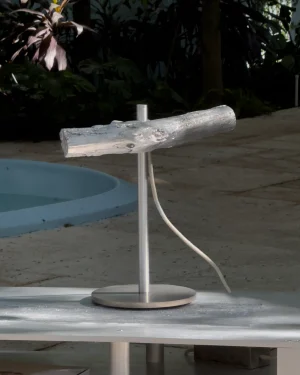 Aluminum Veneer Lamp€1.750 incl. tax
Aluminum Veneer Lamp€1.750 incl. tax -

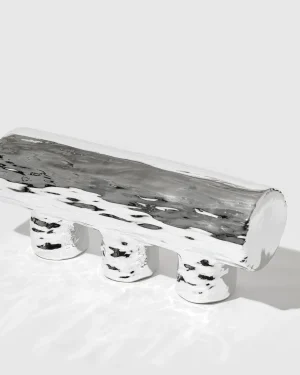 Crest And Trough Series – Chrome Bench€4.250 incl. tax
Crest And Trough Series – Chrome Bench€4.250 incl. tax -

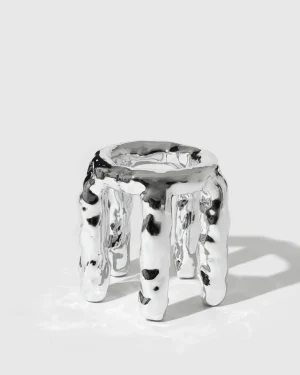 Crest And Trough Series – Chrome Stool / Side Table€3.250 incl. tax
Crest And Trough Series – Chrome Stool / Side Table€3.250 incl. tax


